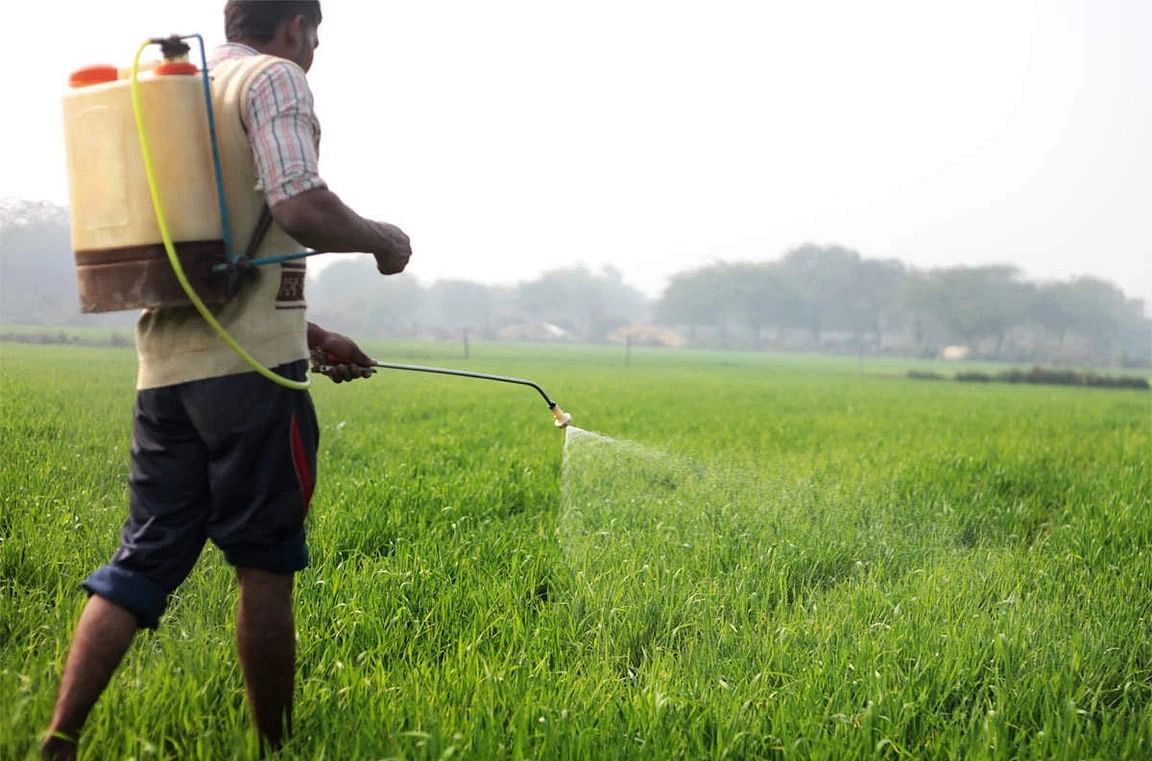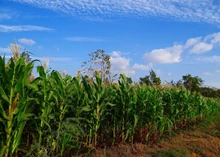
According to rating agency Crisil, revenue will increase by 10-12% next fiscal year as India continues to benefit from the China+1 strategy of global players and key molecules going off patent.
Despite rising input prices, higher operating leverage will help keep operating margins at 15-16% in the current and next fiscal years (16.6% in the previous fiscal year). Capital spending will remain at previous levels, but a longer working capital cycle will result in higher borrowings.
However, strong cash generation will keep credit profile of players 'Stable'. According to a Crisil Ratings analysis of 50 companies, which account for nearly 90% of the Rs 66,000-crore agro-chemical sector.
"Export revenue is seen rising 18-20 per cent this fiscal, with the US dollar appreciating by about nine per cent so far and volume growing as global players continue to de-risk their China dependency. Exports are expected to grow 12-14 percent in the coming fiscal year as players maintain capex in anticipation of $4 billion in molecules going off-patent over the next two years. As a result, exports will continue to be the most important contributor to the agrochemical sector, accounting for approximately 53% of total revenue," said Poonam Upadhyay, Director, Crisil Ratings.
Domestic demand will grow 12-14 percent this fiscal year, thanks to a near-normal monsoon, higher realisations, and improved farm sentiment. According to Crisil, the domestic segment will grow 10-12 percent next fiscal year, assuming a normal monsoon and continued government focus on improving farm incomes.
Crude and yellow phosphorus prices, the key raw materials, increased by 40-45 percent and 18-22 percent, respectively, in the second half of last fiscal year. Price increases, despite recent moderation, will reduce gross margins by 90-110 basis points.
However, higher operating leverage from improved cost absorption will keep the overall operating margin at 15-16% this fiscal year, only marginally lower than in fiscal 2022. Next fiscal year, margins are expected to stabilise at similar levels.
"Credit profiles of Crisil-rated agro-chemical players will remain largely 'Stable,'" said Shounak Chakravarty, Associate Director, Crisil Ratings. Even though capex intensity remains high at 6,000-6,500 crore over the next two fiscals, healthy cash generation will limit reliance on external debt. However, an increase in the share of exports to Latin American countries, which require longer credit periods, will increase their working capital borrowings. However, well-maintained balance sheets, combined with higher cash accruals, will aid in maintaining debt metrics at comfortable levels."











